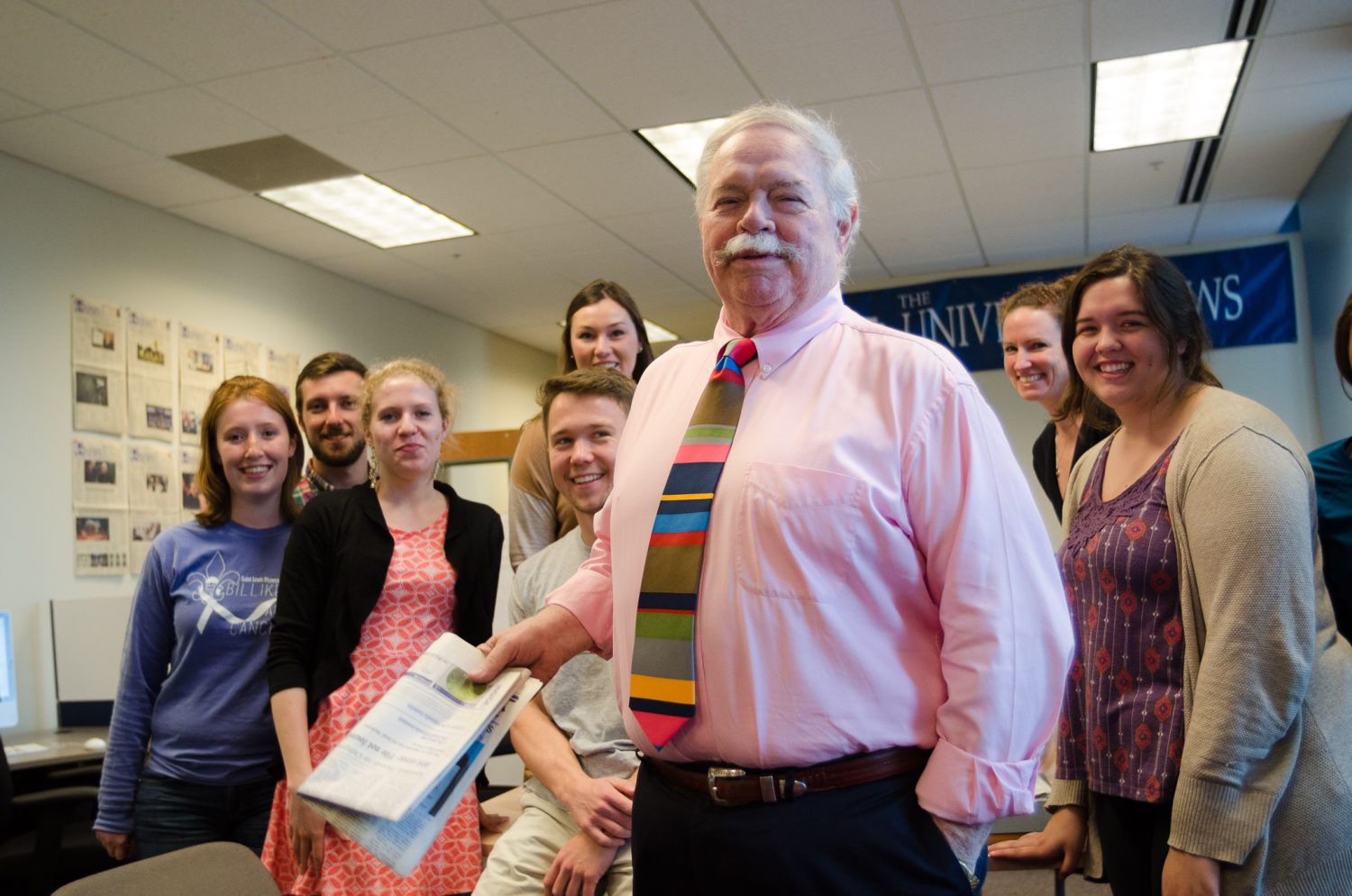If this baseball player were to appear in a Coors commercial, some well-known sports commentator would probably say something like this about one man: He won a batting title with a .342 average. He had a fielding percentage of .992. He was a World Series champion, took the same team to six pennants, went to six all-star games, was an MVP and stole home 19 times in a 10-year career.
Pittsburgh slugger Ralph Kiner once said he was “the only player I ever saw who could completely turn a game around by himself.” But despite all these accomplishments, it will always be the color of his skin that made him a true original.
Jackie Robinson was not the best baseball player who ever played. He was not the best African-American ball player of his time. He was also not the first African-American to ever play professional baseball.
But he was the only man who could ever break the gentleman’s agreement that had stood among baseball owners for 60 years. He was possibly the only one who could have withstood the level of hate-filled actions aimed at him, redirected all of that into his quality of play and not let it fly on the bigots who were all around him. Knowing the amount of pain, humiliation and mental trauma he went through, one could easily state that people of any profession should simply be color blind, not allowing a person’s race to enter their consciousness.
My junior year of high school, I was chosen to participate in a program for young leaders. The American Legion set up the annual event known as Boys’ State as an opportunity for some of Missouri’s men (don’t worry, there was a Girls’ State, too) to organize a state. From policemen to park commissioner to governor, “citizens” were chosen, appointed and elected to all the positions held by the men and women who serve our state. Seeing as I had nothing to lose, I shot for the top position and lost-twice. But it was in this loss that a lesson was learned.
Upon announcing the nominee from my party, I knew I had lost, because, well, it wasn’t my name being announced. Against all odds, an obscure candidate named Bryan Sykes, from Sikeston, Mo., gathered a majority of the votes. No one really knew how, but he had. Then I received the news that every loser wants to hear during the debate between the two parties’ nominees. The computer screwed up, and I had actually won the nomination. Sykes had received only 40 votes. What happened next was a whirlwind.
But in the end a successful write-in campaign carried an obscure shy boy from Sikeston over the two favored party nominees. The program was supposed to be set up so that we could see how the political system works, but that year, it had failed. This was not a replica of how Missouri’s government worked.
Reporters seeking responses hounded the two of us who had lost. My only comment was, “It is a black day. It’s too bad things didn’t turn out like they were supposed to.” The comment seemed reasonable enough. It was a dark, bleak day for a program that had tried so hard to make things right and for those of us who had worked tirelessly to play the game by the rules. My comment simply was an illustration of my mood.
But when your victorious opponent is African American, it can look different. The final issue of the conference newspaper painted me as a racist, insinuating that having a black in power was not the way things were supposed to be. I had to be escorted by six of the biggest farm boys I had ever met for the rest of the week. I had to tell my parents why people yelled horrible things to me when they came to take me home. I had been labeled the worst thing a person could be-a racist.
I personally believe that you can commit no worse sin against humanity than to openly hate and discriminate against certain people. But 961 of Missouri’s “cream of the crop” left for their respective homes thinking that Paul Woody hated black people.
You see, I was colorblind. I never for a moment thought about Bryan being black. I never held any ill will against him. I personally felt sickened by the fact that the mistake had happened to him. But it was my blindness for who he was that caused me to inadvertently insult so many people who a day before could easily have been my best friends.
At Saint Louis University, colorblindness isn’t an option. The administration has worked hard to create a diverse environment, yet the mixing of cultures seems to be minimal.
It’s not because students hate people of other ethnicities, but because they try so hard to be colorblind.
We have contented ourselves with the Jackie Robinson version of racism. As long as we are not “spiking” members of other groups, we don’t have a race problem. But the fact is, if we are not interacting with members of other groups, then we haven’t SOLVED the race problem. We have a responsibility to attend Black Student Alliance events. We have a responsibility to familiarize ourselves with what is going on with Asian and Latin American/Caribbean groups. Want something more eclectic? Look into the newest student organization on campus called START-Students Together Against Racial Tension.
Don’t make the same mistake I did. Don’t ignore the differences that make up our university population. Learn to celebrate them. If not, just go swimming in a glass of milk. But remember, if you are not a part of the solution, you’re a part of the problem.



